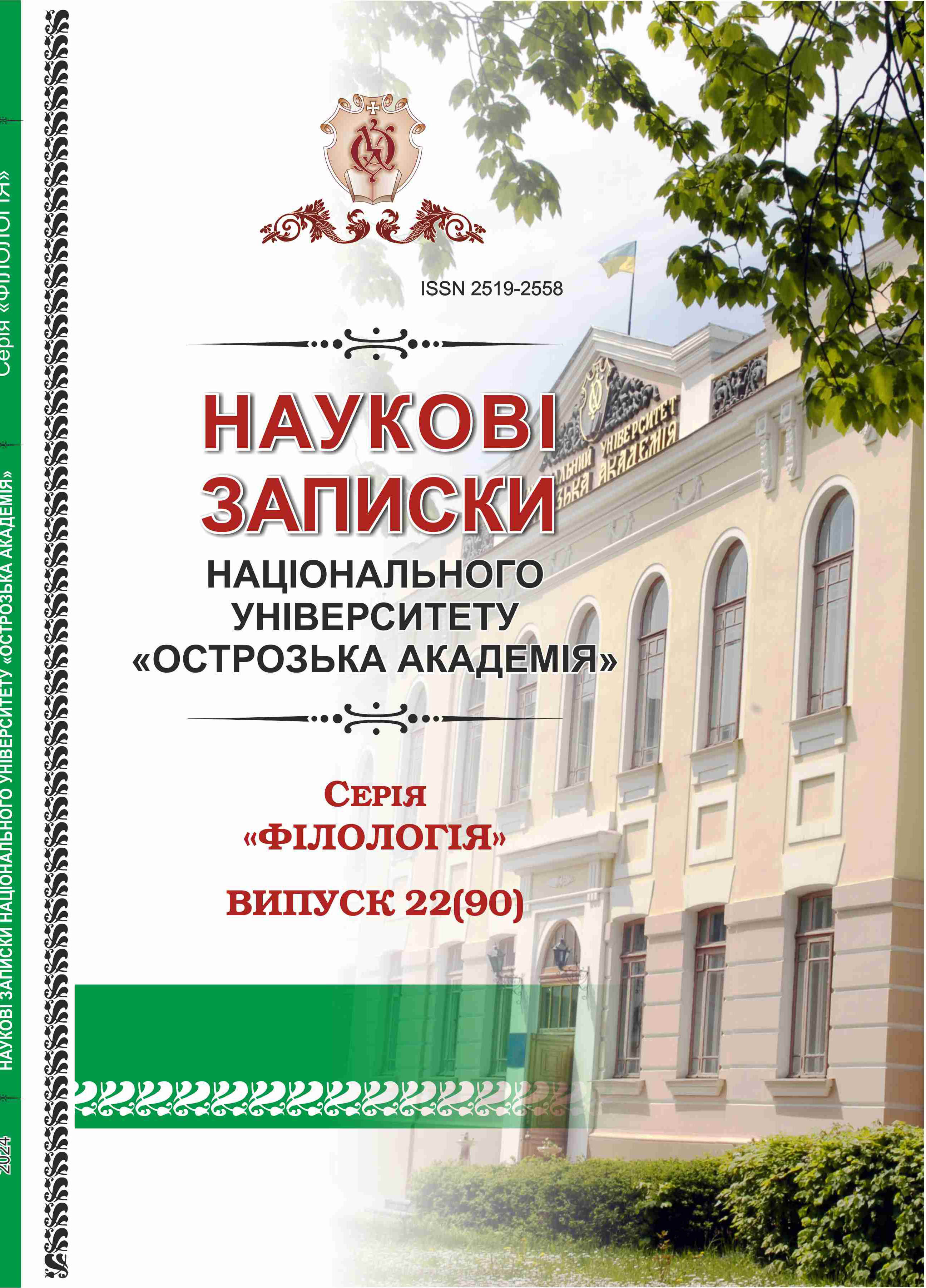STYLISTIC LOAD OF ENGLISH VOCABULARY IN THE LINGUISTIC DESIGN OF HOTEL BUSINESS ADVERTISING IN AUSTRALIA (2022)
Keywords:
stylistics, advertisement, hotel business, Australia, English vocabulary, content analysis, semantic analysis, metaphor, hyperbole, epithetAbstract
The article is dedicated to the study of the stylistic features of English vocabulary in the language design of hotel business advertisements in Australia. The paper analyses how various stylistic devices affect the perception of advertisements by potential clients. Specifically, it examines the use of metaphors, hyperboles, epithets, and other stylistic techniques that give advertising texts emotional colouring and persuasiveness, helping to create vivid images and evoke positive associations with the hotel among potential clients. Metaphors allow for a more figurative and understandable description of services, hyperboles emphasise the exclusivity and advantages of offers, and epithets add colorfulness and emotional richness to the text. Additionally, these stylistic devices contribute to establishing an emotional connection with the audience, eliciting feelings of trust and interest, which are critically important for the successful promotion of hotel services. The specificity of lexical choice depending on the target audience and the type of hotel (luxury, mid-range, budget) is also considered. The authors employ content analysis and semantic analysis methods to study advertising texts on Australian hotel websites and compare stylistic features of advertisements from different regions of Australia.
The research findings indicate that the correct use of stylistic devices in advertisements significantly enhances their effectiveness, contributing to the formation of a positive hotel image and attracting customers. Specifically, effective use of metaphors, hyperboles, and epithets makes advertising messages more vivid, emotionally saturated, and persuasive, strengthening the emotional response from potential clients. This, in turn, helps create positive associations with the hotel brand, increases trust levels, and stimulates the desire to use its services. Furthermore, stylistic techniques help distinguish the hotel from competitors, emphasising its unique advantages and features, which also contributes to attracting more clients and ensuring its long-term success in the market. The study also highlights the importance of considering cultural and regional specifics in creating advertising texts to achieve maximum impact. The conclusion is drawn that hotel business advertising in Australia reflects the unique cultural values and expectations of both local and international guests, requiring a special approach to its creation.

